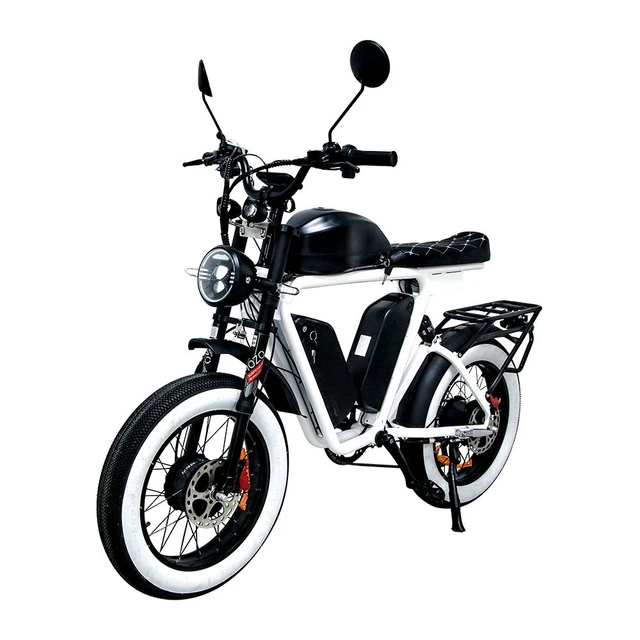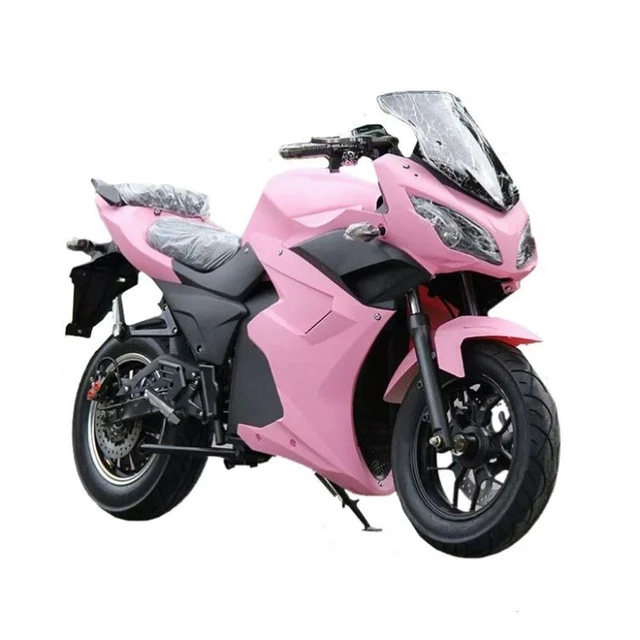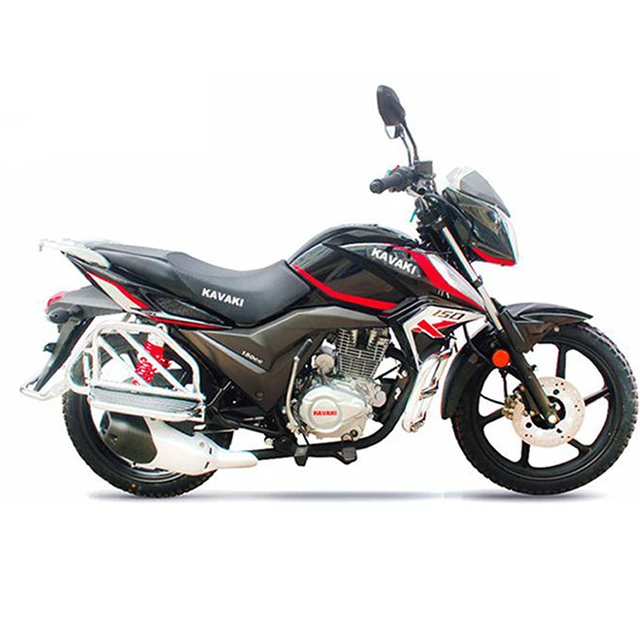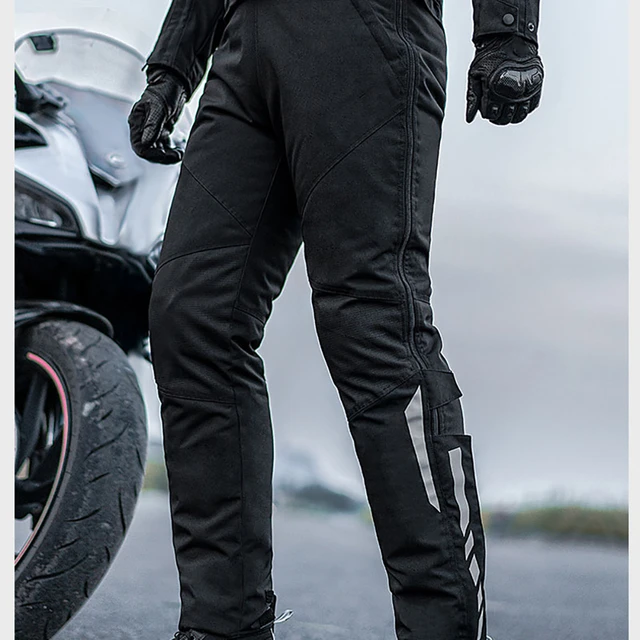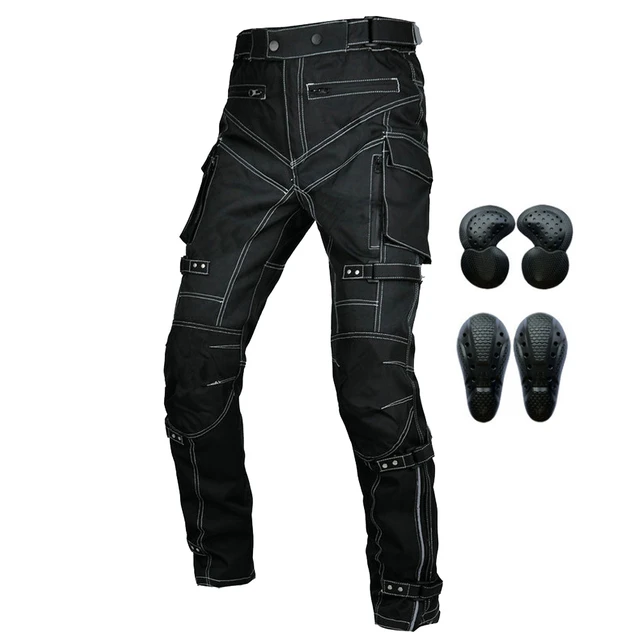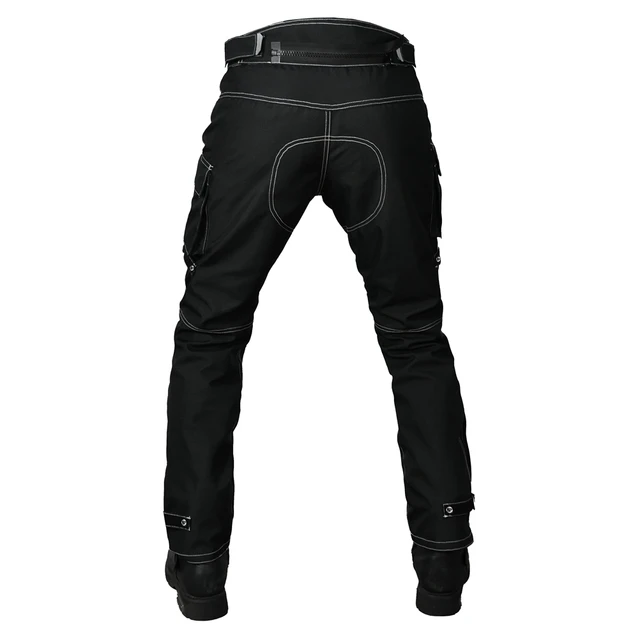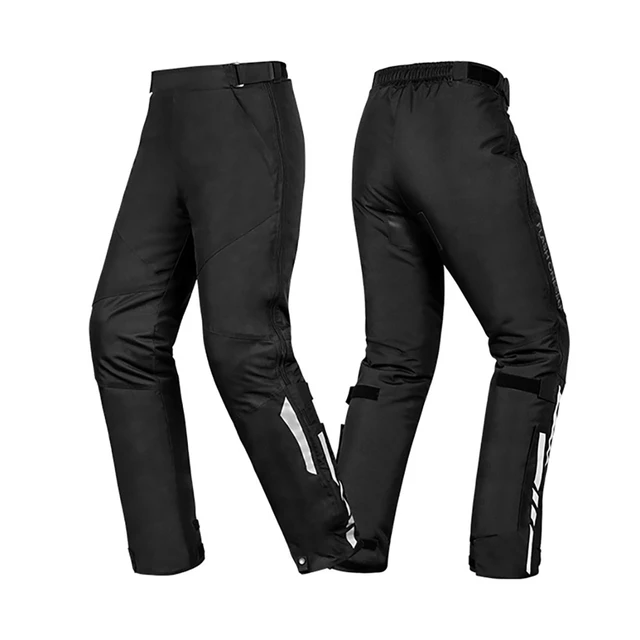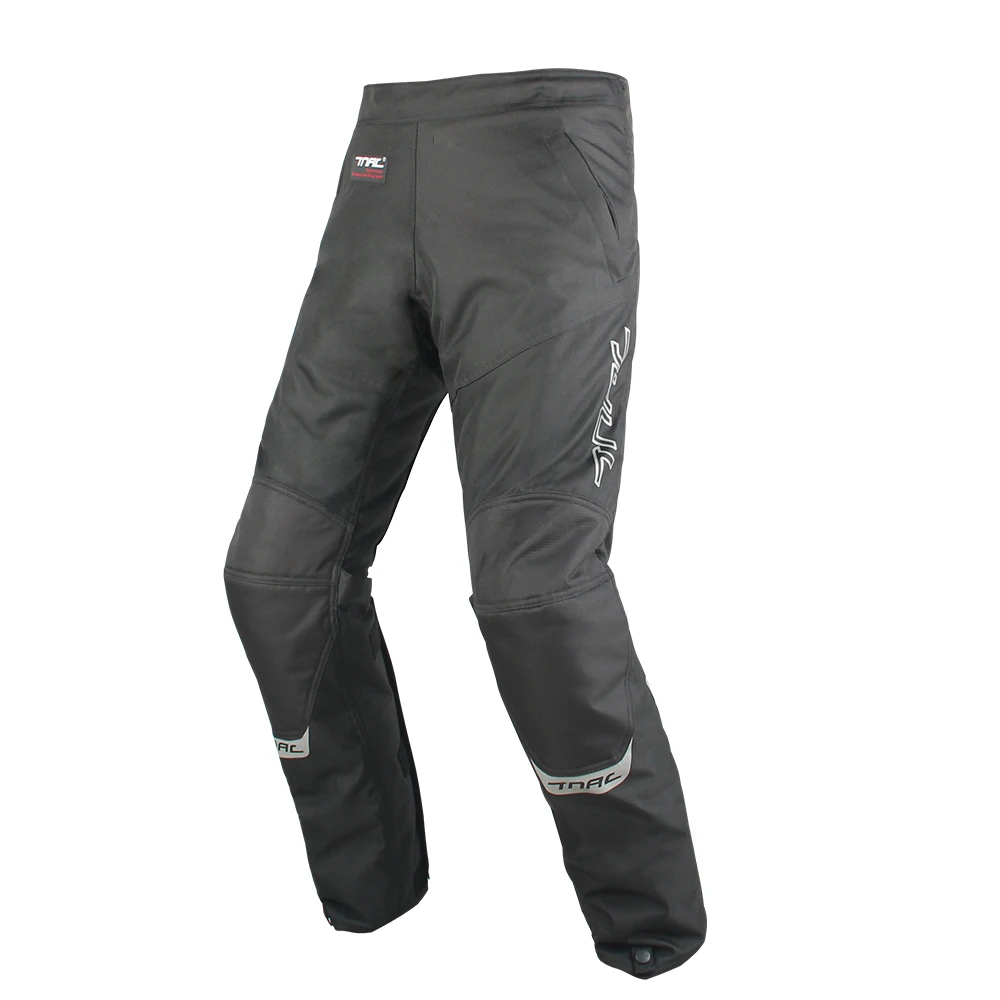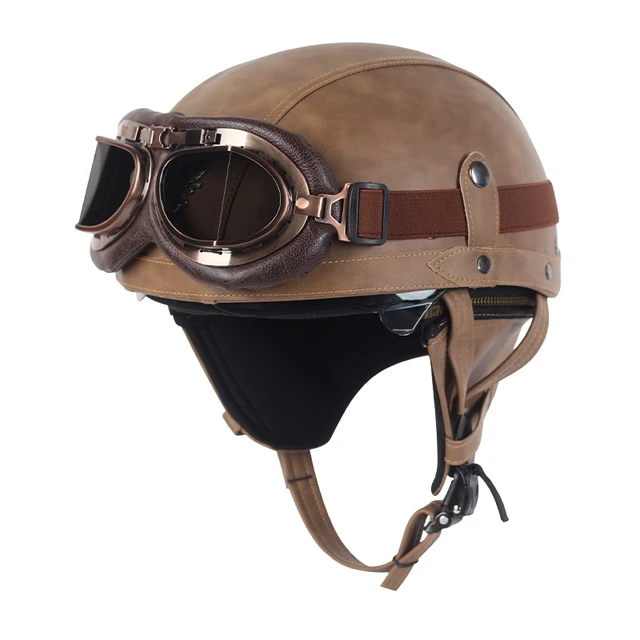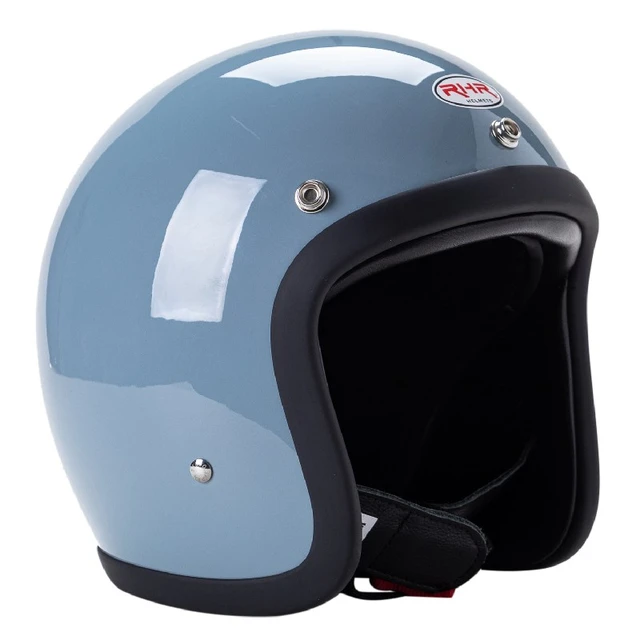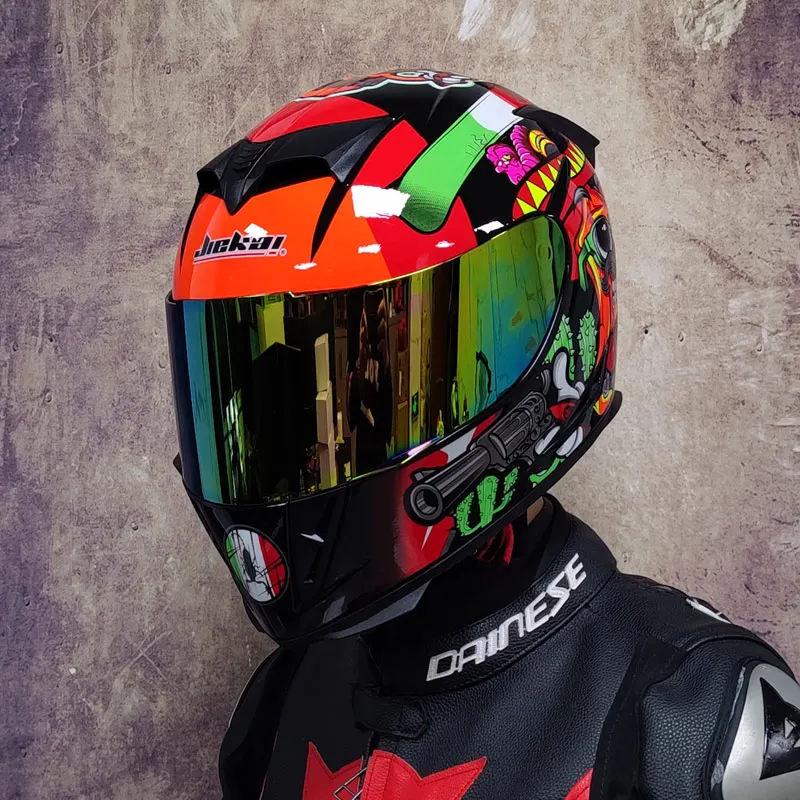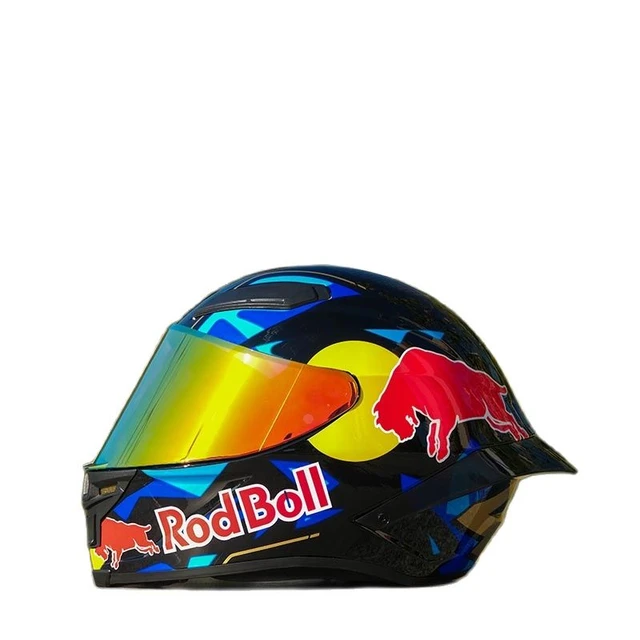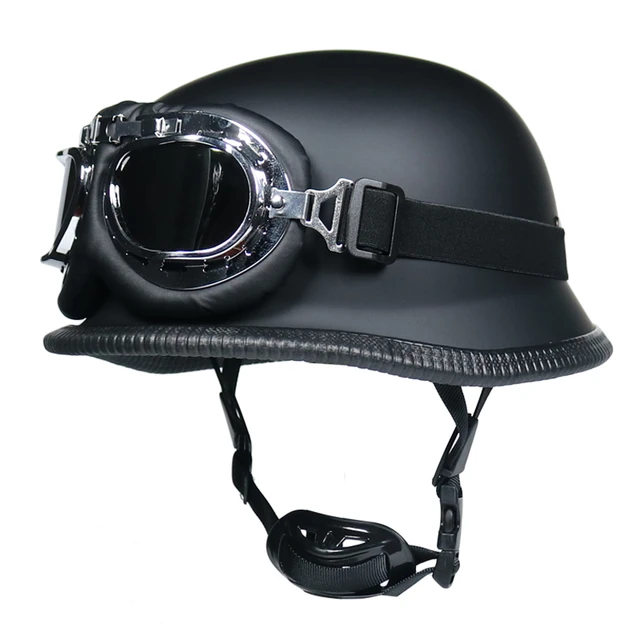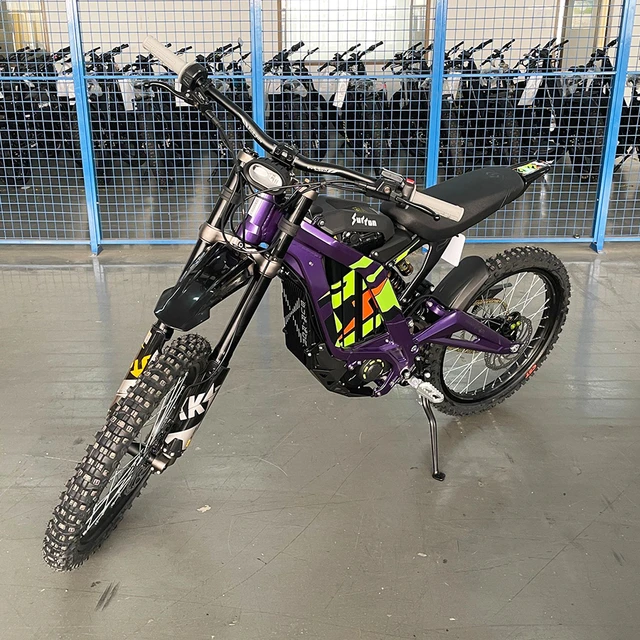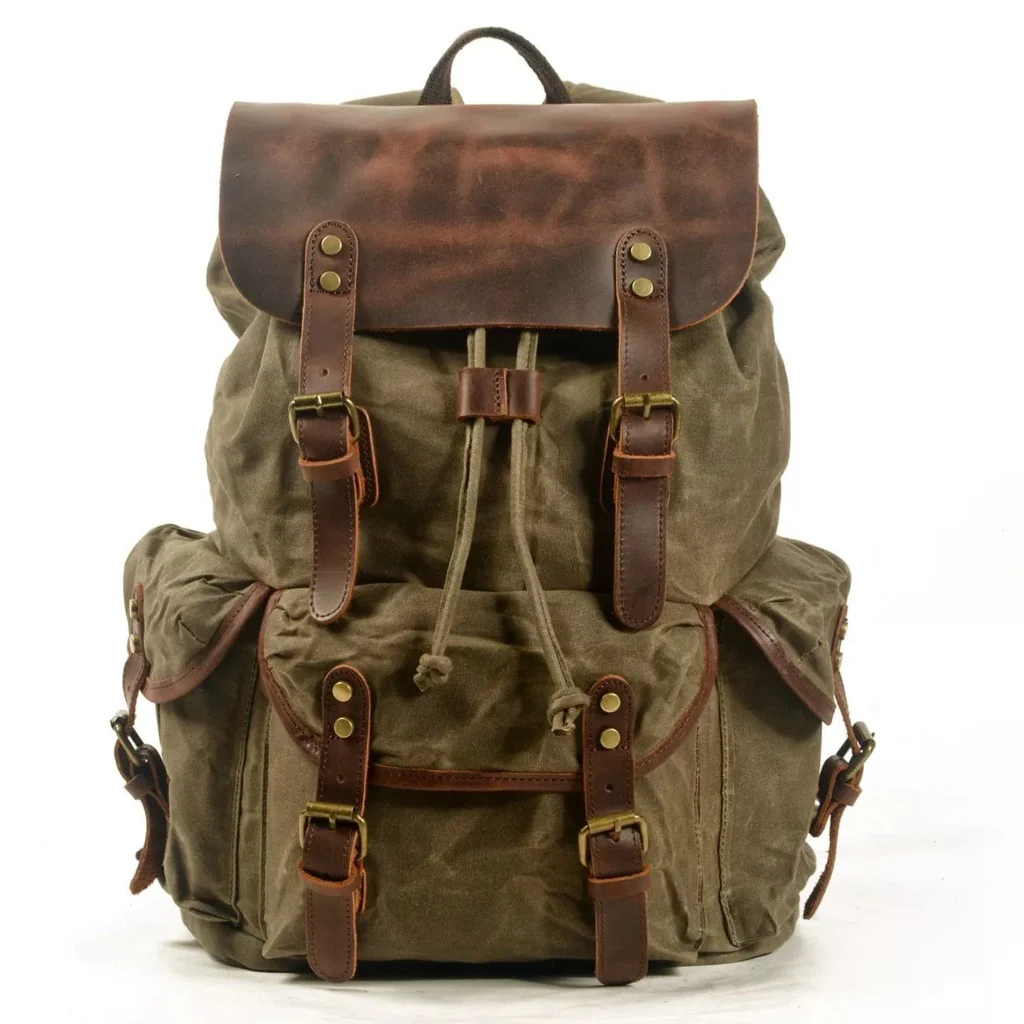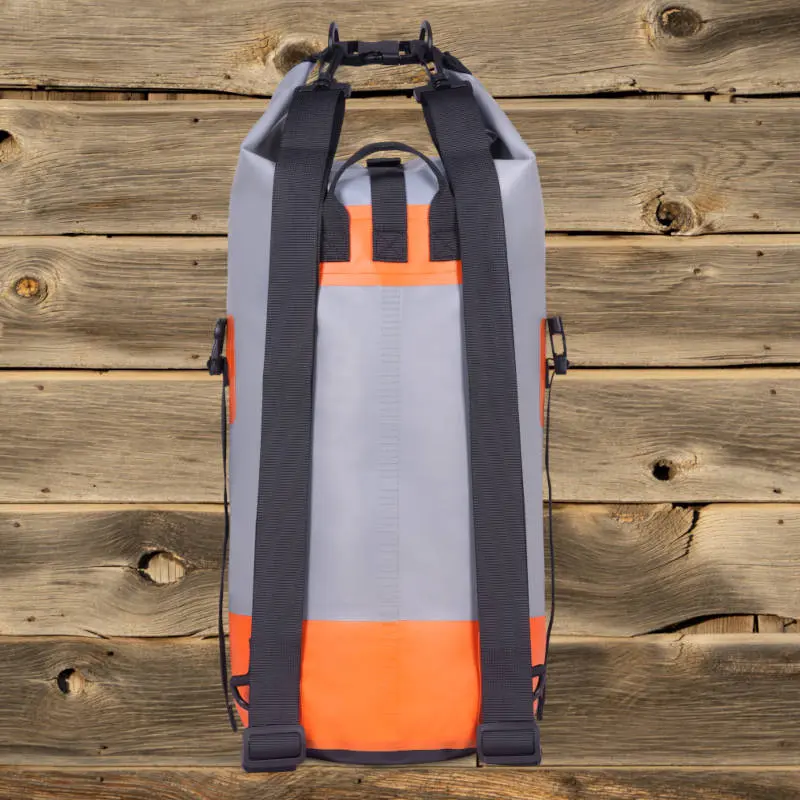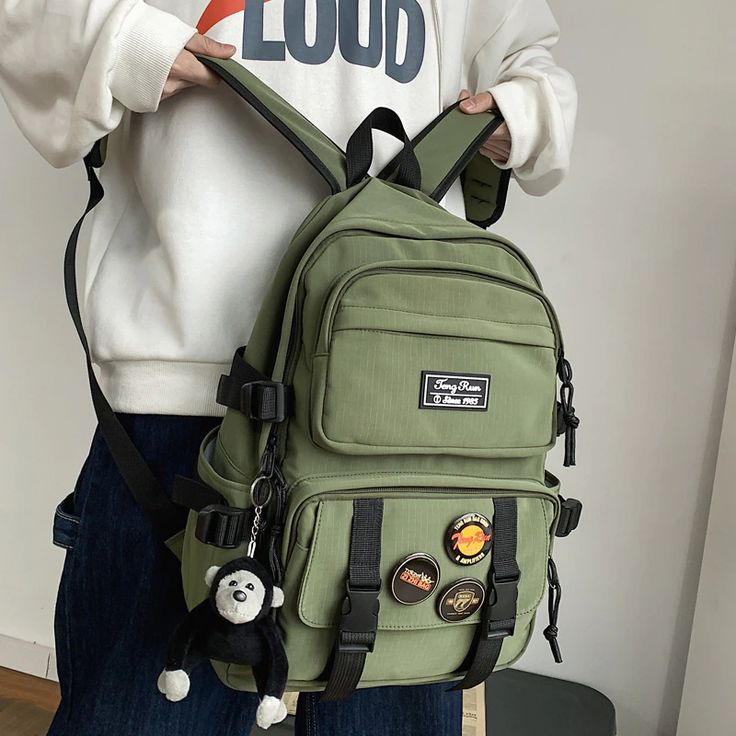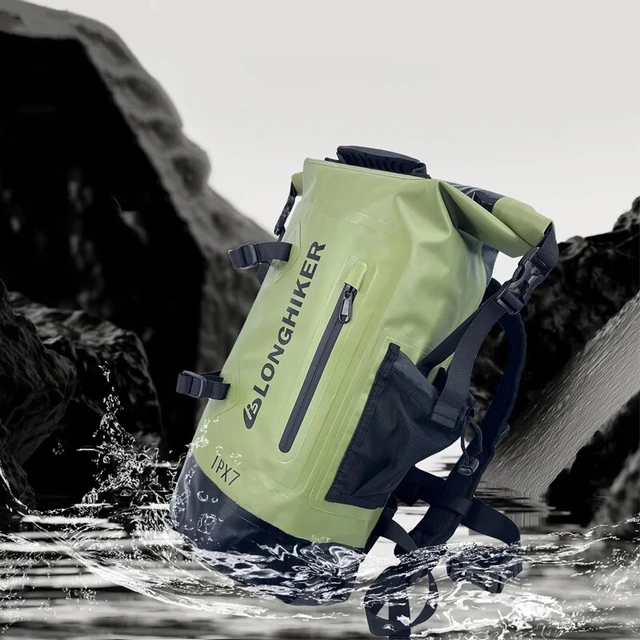When it comes to motorcycle riding, proper safety gear is essential for protecting yourself on the road. Are motorcycle boots necessary? While helmets and jackets are commonly recognized as necessary equipment, some riders may question the need for dedicated motorcycle boots. In this guide, we will discuss the importance of motorcycle boots and the specific benefits they offer. We will explore key factors such as protection, comfort, and functionality to help you understand why motorcycle boots are a crucial component of your riding gear.
Do I really need motorcycle boots?
Enhanced Protection for Your Feet and Ankles
1.1. Reinforced Construction
Motorcycle boots are specifically designed to provide enhanced protection for your feet and ankles. They feature reinforced materials, such as leather or synthetic materials, that offer greater resistance to abrasion and impacts.
1.2. Impact Absorption
Motorcycle boots often come with built-in impact-absorbing features, such as reinforced toe boxes and heel cups. These components help protect your feet and prevent fractures or injuries in the event of an accident or collision.
1.3. Ankle Support
One of the key benefits of motorcycle boots is their ability to provide excellent ankle support. They are designed with higher shafts that offer stability and help prevent excessive ankle movement, reducing the risk of sprains or fractures during sudden maneuvers or impacts.
1.4. Protection from Road Debris
Riding exposes your feet to various road hazards, including debris, stones, and hot engine parts. Motorcycle boots with sturdy soles and protective features offer a barrier of defense against these potential dangers, keeping your feet shielded and safe.
Improved Grip and Control
2.1. Sole Design
Motorcycle boots are equipped with specialized soles that offer excellent grip and traction on different surfaces. These soles are designed to prevent slippage, even in wet or slippery conditions, allowing you to maintain better control over your motorcycle.
2.2. Shifter Pads
Many motorcycle boots feature shifter pads on the top of the toe area. These pads provide a designated area for shifting gears, reducing wear and tear on the boot’s material and ensuring smooth and precise gear changes.
2.3. Improved Foot Placement
The design of motorcycle boots includes features like reinforced arch supports and defined footbeds. These elements promote proper foot placement on the footpegs, enhancing your overall control and stability while riding.
Weather Protection
3.1. Waterproofing
Motorcycle boots often come with waterproof or water-resistant features, such as specially treated leather or synthetic materials and sealed seams. These features help keep your feet dry and comfortable, even in wet weather conditions.
3.2. Insulation
During colder rides, motorcycle boots with insulation help keep your feet warm and comfortable. Insulated boots trap heat and prevent cold air from penetrating, ensuring that your feet remain adequately protected and cozy.
Comfort and Fatigue Reduction
4.1. Cushioning and Padding
Motorcycle boots typically feature cushioning and padding in key areas, such as the insole and ankle collar. This provides extra comfort and helps reduce fatigue during long rides, allowing you to stay focused and enjoy your journey.
4.2. Breathability
Good-quality motorcycle boots are designed with breathability in mind. They incorporate ventilation features that allow airflow, preventing excessive moisture build-up and keeping your feet cool and dry, even during warmer rides.
4.3. Fit and Adjustability
Motorcycle boots are available in various sizes and styles to accommodate different foot shapes and sizes. They often offer adjustable features, such as laces, buckles, or Velcro straps, allowing you to customize the fit for maximum comfort and support.
Style and Versatility
5.1. Style Statement
Motorcycle boots are not just about function; they also contribute to your overall riding style. They come in various designs and finishes, allowing you to express your personal taste and complement your riding gear and motorcycle.
5.2. Off-Bike Use
One of the advantages of motorcycle boots is their versatility. They are designed to be comfortable and practical both on and off the bike. Whether you’re walking around town or exploring new destinations, motorcycle boots provide the comfort and style you need.
Meeting Safety Requirements
7.1. Legal Compliance
In many regions, wearing proper footwear is a legal requirement for motorcycle riders. Motorcycle boots are specifically designed to meet safety standards and regulations, ensuring that you remain compliant with the law while riding.
7.2. Insurance Considerations
Some insurance policies may require riders to wear appropriate safety gear, including motorcycle boots, in order to be eligible for coverage. By wearing the necessary gear, such as boots, you can have peace of mind knowing that you are fully covered in the event of an accident.
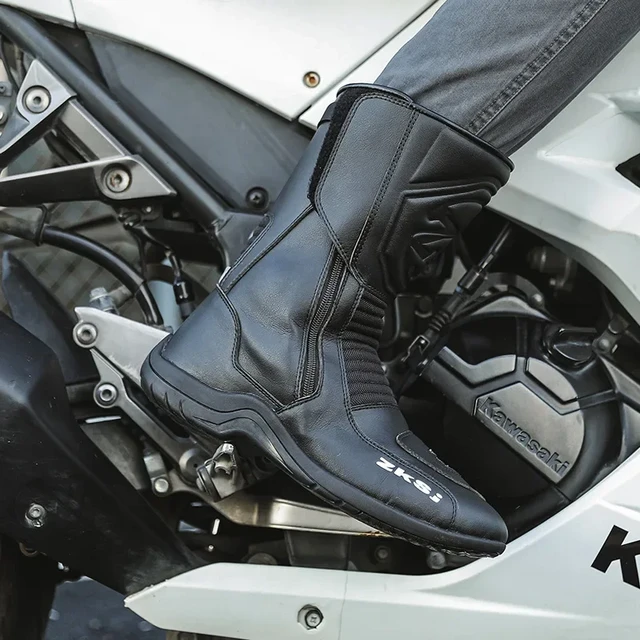
Long-Term Cost Savings
Durability
Motorcycle boots are built to withstand the rigors of motorcycle riding. They are made from high-quality materials and are constructed to be durable and long-lasting. Investing in a good pair of motorcycle boots can save you money in the long run by reducing the need for frequent replacements.
Protection for Other Shoes
By wearing dedicated motorcycle boots, you can protect your regular shoes or sneakers from the wear and tear associated with riding. This saves you from having to replace or repair your everyday footwear due to damage caused by motorcycle riding.
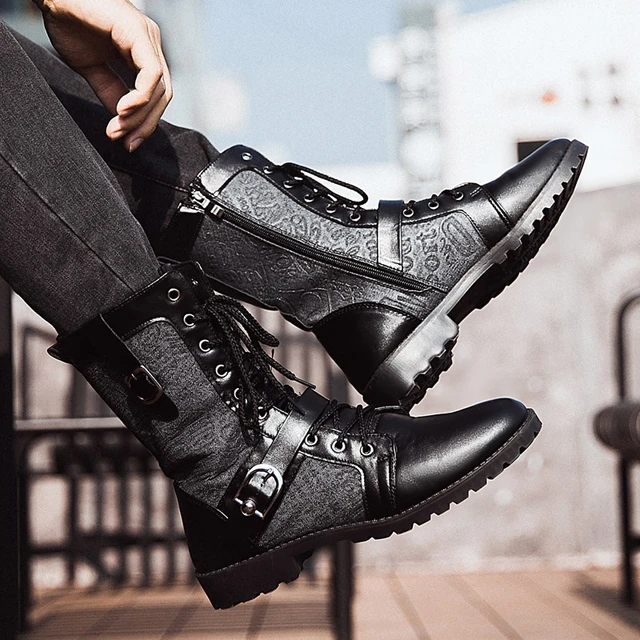
Setting a Good Example
Influencing Other Riders
As a motorcycle rider, you have the opportunity to set an example for other riders, particularly beginners. By wearing proper safety gear, including motorcycle boots, you demonstrate responsible riding practices and encourage others to prioritize their safety as well.
Promoting Safety Culture
By wearing motorcycle boots, you contribute to the overall safety culture within the motorcycle community. Your commitment to safety can inspire others to make responsible choices and ultimately contribute to a safer riding environment for everyone on the road.
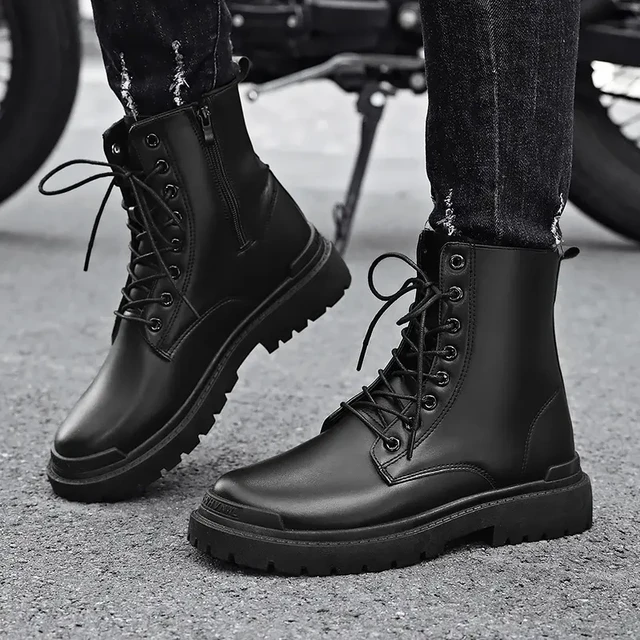
Impact reduction for a smoother ride
Impact reduction is a major benefit of motorcycle boots in 2024, and it contributes to a smoother, safer ride in a couple of ways:
- Reduced fatigue: Your feet and ankles absorb a lot of impact throughout a ride, especially on uneven terrain. Motorcycle boots with shock-absorbing features can help dampen these impacts, reducing fatigue and allowing you to focus on the road.
- Improved confidence: Knowing your feet and ankles are protected can give you more confidence while riding. This can lead to smoother control of the motorcycle as you won’t be tensing up in anticipation of bumps or road hazards.

Balanced flexibility for shifting and braking
Balanced flexibility is a crucial feature to consider when choosing motorcycle boots in 2024. Here’s why it’s important:
- Control: While riding, you need good feel on the gear shifter and brake pedal for precise control of the motorcycle. Stiff boots can make it difficult to manipulate the controls smoothly.
- Comfort: You’ll likely be wearing your boots for extended periods. Flexibility allows for natural movement of your ankle and foot, reducing fatigue and discomfort on long rides.
Here are some boot features that promote balanced flexibility:
- Flex panels: These are strategically placed sections on the boot upper made from a more flexible material that allows for bending and flexing.
- Ankle articulation: This refers to the design of the boot at the ankle joint. Ideally, it should allow for some movement while still providing support.
- Boot height: Taller boots tend to offer more ankle support but can restrict flexibility. Consider the type of riding you do and choose a boot height that offers a good balance between the two.
Finding the right balance:
Look for boots that offer sufficient protection while still allowing for the flexibility you need for comfortable and confident control of your motorcycle. Reading reviews and trying on boots before you buy is a good way to find a pair that strikes the right balance for you.
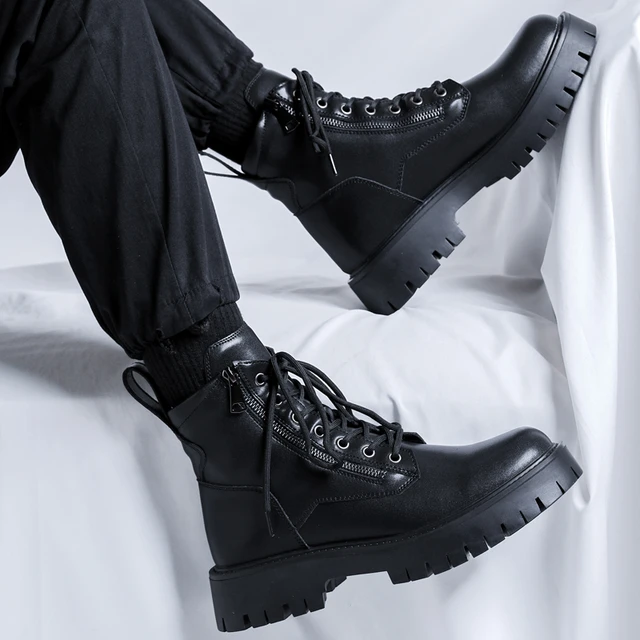
Reflective accents for increased visibility
Reflective accents on motorcycle boots are not mandatory by law in the United States as of 2024. However, they are a highly recommended safety feature for motorcyclists.
Here’s why:
- Increased visibility: Reflective accents can significantly increase a motorcycle rider’s visibility, especially in low-light conditions. This can help prevent accidents by making it easier for drivers of other vehicles to see the motorcycle.
- Variety of styles: Reflective accents come in a variety of styles and can be found on most types of motorcycle boots, so you can find a pair that suits your riding style and preferences.
Even though they are not required by law, reflective accents are a simple and effective way to improve your safety on the road. So, while you may not be required to have them in 2024, it is certainly a good idea to consider getting motorcycle boots with reflective accents.
While motorcycle boots may seem like an optional accessory, they play a vital role in your overall riding experience. By providing enhanced protection, improved grip and control, and weather resistance, motorcycle boots significantly contribute to your safety and comfort on the road. Additionally, their style, versatility, and durability make them a worthwhile investment. Remember, when choosing motorcycle boots, prioritize those specifically designed for riding and ensure they meet safety standards. By wearing motorcycle boots, you can ride with confidence, knowing that your feet are well-protected from potential hazards and that you are equipped for a comfortable and enjoyable ride.

